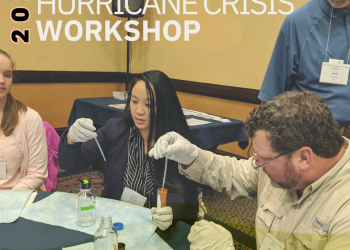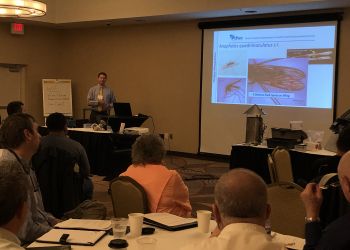On June 25, NACCHO hosted a webinar on communicating changing guidance, in the context of the Zika response and beyond.
Zika virus emerged as a challenging threat to the United States because of the potentially devastating effects of the virus, the multiple routes of transmission, and the continual evolution of our collective understanding of the virus that created the need to continually update guidance during the response. As experts learned more about virus spread, detection methods, persistence in body fluids, and possible outcomes of infection during pregnancy, the information that needed to be shared with the public, at-risk groups, and multiple types of healthcare providers was frequently changing. But the difficulty in communicating changing guidance is not unique to the Zika response. In many emergency and response situations the full picture only becomes clear as the situation progresses and effectively communicating what is known, what remains unknown, and the best course of action is a difficult responsibility that often falls to local health departments. Participants heard about CDC’s Zika response, communication strategies they developed, and lessons learned that can be translated to the local level. In addition, local health department communication staff from Public Health-Seattle & King County described risk communication tools, tips, and experiences from multiple response efforts.
By the end of this webinar, participants were able to:
- Describe how CDC communicated changing guidance during the Zika response and identify lessons learned that can translate to the local level.
- Explain strategies employed by one local health department for communicating changing guidance to multiple audiences in emerging situations.
Webinar Resources:
Speakers:
Victoria Carter, PhD, MPH
Health Communication Specialist, National Center for Emerging and Zoonotic Infectious Diseases, CDC
Victoria Carter, PhD, MPH is a Health Communication Specialist at CDC’s National Center for Emerging and Zoonotic Infectious Diseases (NCEZID). During her time on CDC’s Zika response, Victoria worked in the Joint Information Center where she developed communication strategy, designed message testing research, managed the Zika Topic of the Week program, and created materials and messaging primarily focused on vector control. Victoria deployed to the US Virgin Islands to support the territory’s Zika response and served on a CDC Emergency Response Team (CERT) to assist the New Orleans Department of Health with Zika communication efforts. Before joining NCEZID, she worked in the National Center for Immunization and Respiratory Diseases on childhood immunization and the STRIVE Ebola vaccine clinical trial in Sierra Leone.
Meredith Li-Vollmer, PhD
Risk Communication Specialist, Public Health – Seattle & King County
Meredith Li-Vollmer has led risk communication at Public Health – Seattle & King County since 2006. In this role, she conducts audience research, develops public outreach strategies and emergency communication response plans, manages social media, and directs public engagement projects. She is the immediate past co-chair of the NACCHO Communication Workgroup and has served on numerous national advisory groups and committees for organizations including the National Academies, the Center for Health Securities, the CDC, and the Assistant Secretary for Preparedness and Response. Meredith is also a clinical assistant professor at the University of Washington’s School of Public Health and faculty at the Northwest Center for Public Health Practice.





